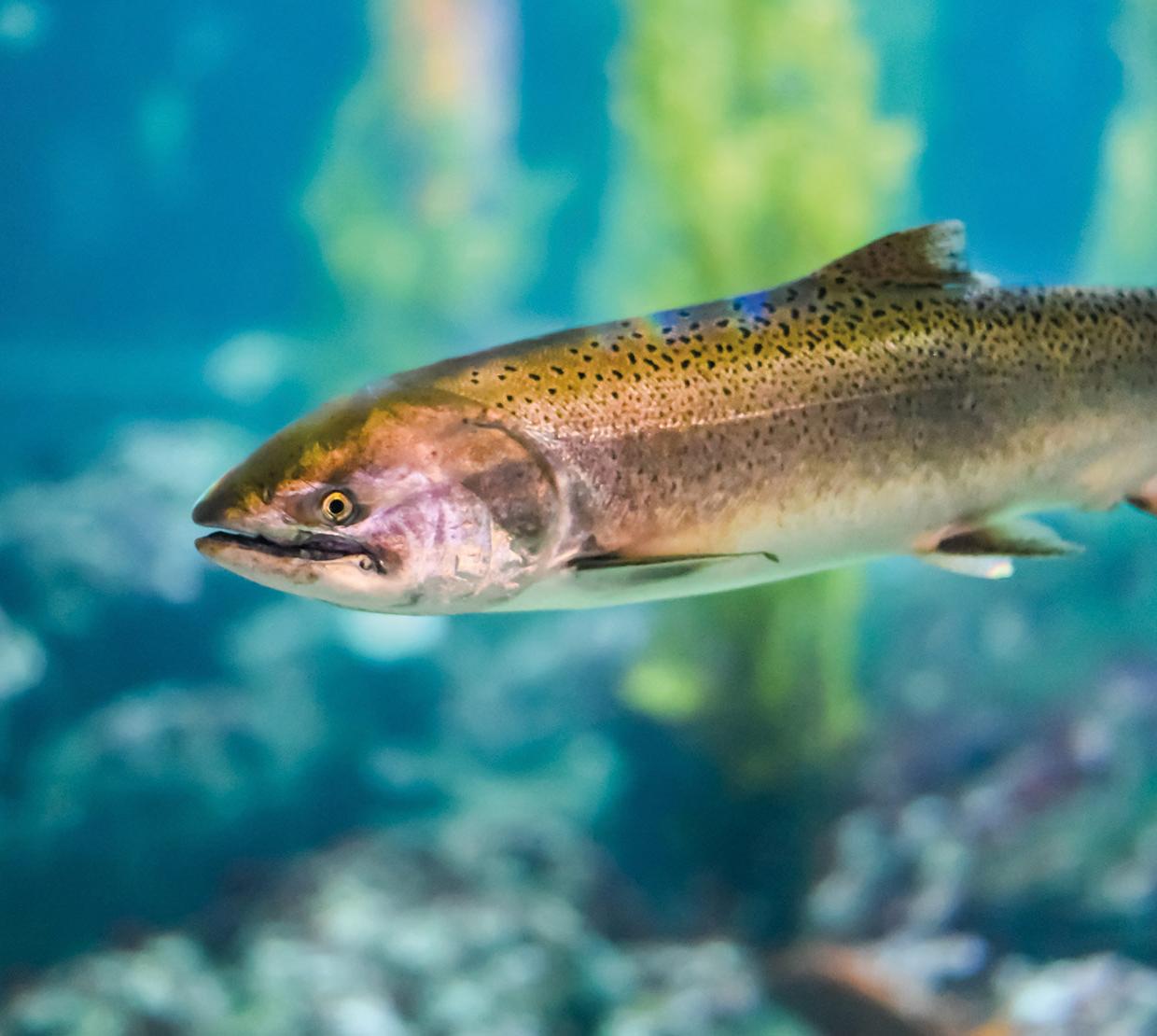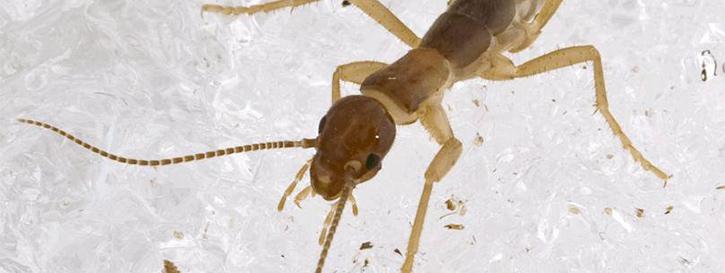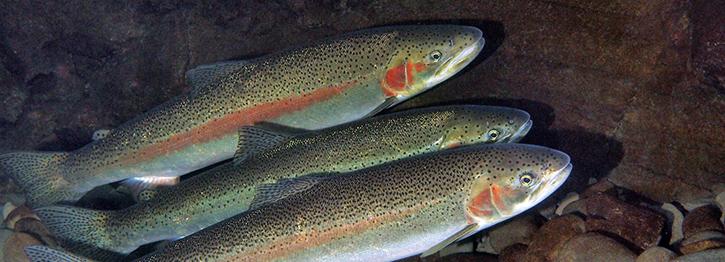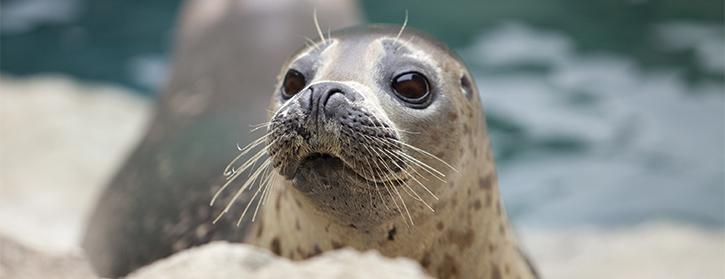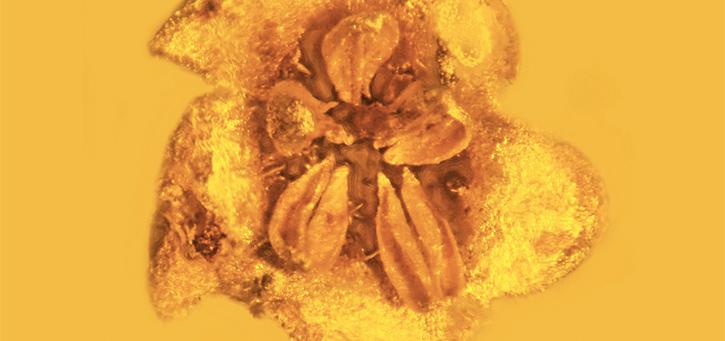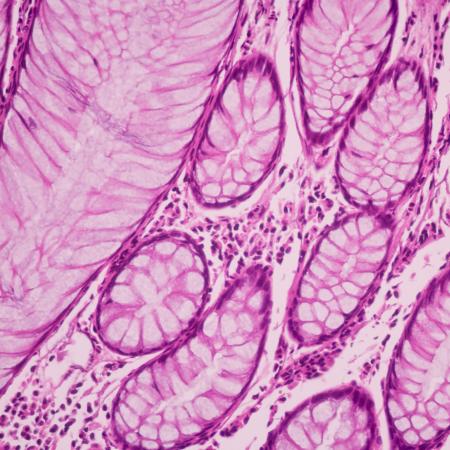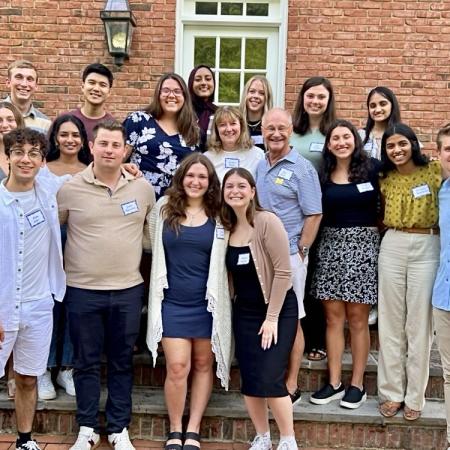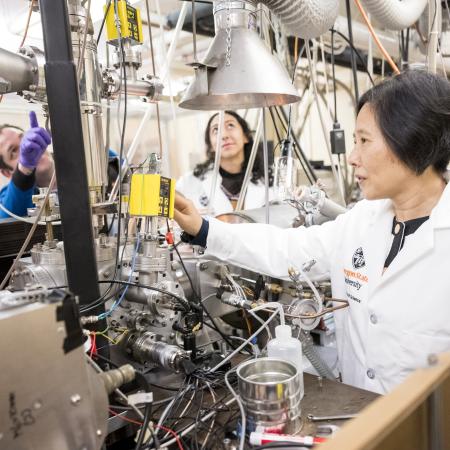The College of Science has an extensive and deep research portfolio that is globally recognized, providing our students enriching and life-changing experiences working alongside leading scientists and researchers in the College.
Our Faculty and Researchers
Marine biologists Jane Lubchenco and Kirsten Grorud-Colvert are important voices in the international ocean conservation community. Lubchenco, who is the U.S. State Department’s science envoy on ocean policy issues and former NOAA Administrator, and integrative biology assistant professor, Grorud-Colvert, published a paper in the journal Science—one of the world’s top academic journals. The paper, “Making waves: The science and politics of ocean protection” calls for greater ocean protection to preserve fish stocks and to ensure the use of oceans in a sustainable fashion.
